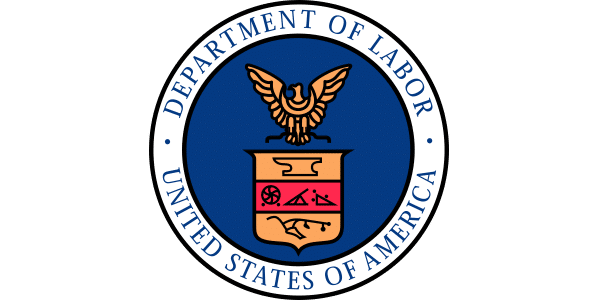February 7, 2019
For years now, the Connecticut Department of Revenue Services (DRS), the Connecticut Department of Labor (DOL) and the Internal Revenue Service (IRS) have been targeting Connecticut employers for worker misclassification audits. When a misclassification is discovered, these government entities can share information about employers who have misclassified employees as independent contractors. Thus, when one of these government entities finds a misclassification during an audit, audits from the other governmental entities are likely to arise.
When a misclassification is discovered, the employer will be subjected to various federal and state taxes, penalties and interest charges. A misclassification occurs when an employee is incorrectly treated as an independent contractor. As a result, the worker does not have income taxes or payroll taxes withheld from his/her pay and is not issued a Form W-2. Businesses aren’t the only employers targeted for such audits. Charitable organizations, public school systems, cities, towns, and even State departments are subject to audit.
The IRS and the DRS have historically used a 20-factor test to determine if a worker is an employee or independent contractor. The factors are used to determine if the service recipient has the right to control the service provider, not only as to the result to be accomplished, but also as to the details and means by which that result is accomplished. If such control is found, the worker is deemed to be an employee. The 20 factors are used to determine if the service recipient has behavior, financial, or relationship control of the worker. We refer to this as the “IRS Control Test”. The DRS uses the IRS Control Test.However, the DOL, uses a stricter three-part test for determining if a worker is an independent contractor referred to as the “ABC Test.”
…
This results in the absurd situation in which a worker is treated as an independent contractor for income and payroll tax purposes and as an employee for DOL purposes, such as unemployment insurance, workers compensation, fringe benefits and labor and employment laws.

